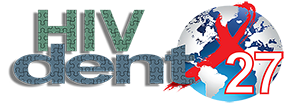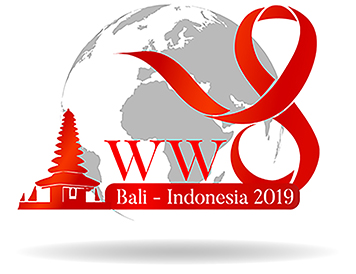Fatma Yasmin Mahdani, Adiastuti Endah Parmadiati, Hening Tuti Hendarti, Diah Savitri Ernawati
Department of Oral Medicine, Faculty of Dental Medicine, Universitas Airlangga, Surabaya, Indonesia
Abstract
Objectives: The Ministry of Health of the Republic of Indonesia reported that 280,623 people in Indonesia have been infected with human immunodeficiency virus (HIV), with 48,300 new HIV infections at the end of 2017. Injecting drug use (IDU) is now recognised as a risk factor for HIV infection in Indonesia, although the primary mode of transmission is heterosexual intercourse and men who have sex with men (MSM). It is well-known that unlike other high-risk populations where HIV transmission is mainly driven by unprotected sexual intercourse, HIV infection among IDUs is mainly transmitted by the sharing of unsterile syringes.
Methods: This review article based on an analysis of the relevant articles published between January 2010 and December 2018.
Results: This review article provides a clearer picture of the HIV epidemic situation among IDUs in Indonesia, an explanation of the definitions, numbers, high-risk populations, molecular epidemiology and the design of public health strategies from The Ministry of Health of the Republic of Indonesia.
Conclusions: HIV prevalence among IDUs in Indonesia still occupies the third highest position among all the other risk groups; 14% of cases in Asia and Pacific region. HIV attacks the body's immune system and makes the body more susceptible to other diseases. Over time, HIV can destroy so many cells that provide immunity, the body is unable to fight off infections and disease. The mortality of IDUs worldwide almost three times higher among HIV-positive users than among HIV-negative drug users.
Keywords: human immunodeficiency virus, drug user, Indonesia


